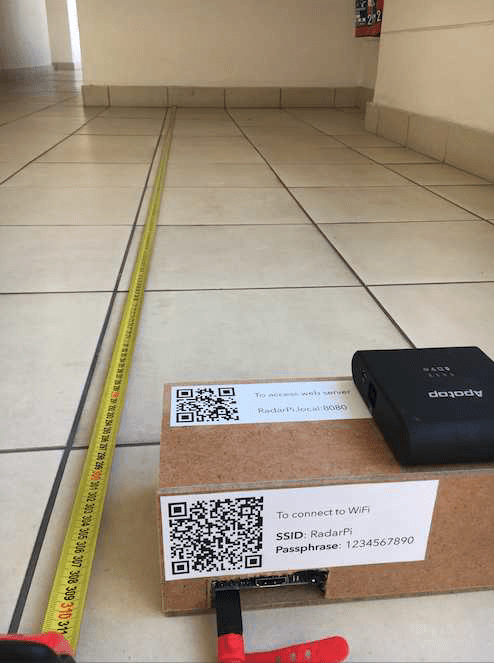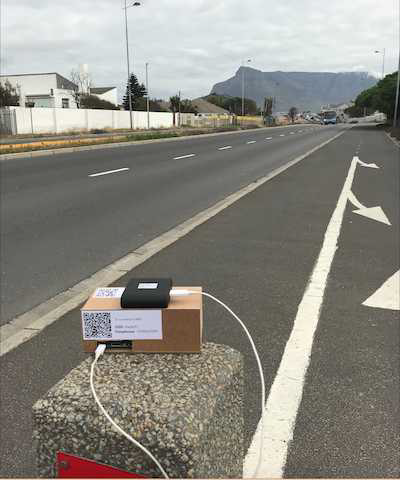“The radar introduces the user in an easy and accessible way to electronics, [as well as] embedded systems and how radar detects return signals and performs filtering to measure radial velocity and distance to objects,” he explains.
The radar is based on a Raspberry Pi 3B which hosts a web server to enter the parameters needed by the radar to operate. “The web server can be accessed by connecting to the ‘RadarPi’ WiFi and starts to broadcast upon power-up,” says Dewan. “It is also used to display the results obtained after the radar was operated.”
What’s in a wavelength
Normal radar uses radio waves (it was originally an acronym for RAdio Detection And Ranging); however, this version employs 8 to 12kHz of noise to measure distance – using the reflection time of the sound – and velocity, by making use of the Doppler effect. Parameters can be modified on a webpage generated by Raspberry Pi, allowing students to see how different settings change the results.
“The radar proved to be a minor success in measurement of velocity, [although] with not the desired resolution and clarity due to the automatic gain of the microphone,” reveals Dewan. The automatic gain of the microphone automatically adjusts the received signals so that the signal never clips on the voltage range. When the velocity of a car is being measured, the microphone is overwhelmed by the road noise and the resulting plot is a quite faint line representing the velocity of the vehicle.
“For distance measurement, the radar proved to be a major success,” he adds, “with the only downside being the resolution of the plot. When an object was measured at a set distance, the results would display the range ±10%. However, the known distance was always in the middle of the range and therefore a successful measurement. The reasons for the variation in distance was not investigated due to a time constraint, but initial tests proved that the automatic gain might be to blame.”
Accessible radar
Dewan’s system continues a long-running theme of projects involving radar, with this iteration trying to make it as open, affordable, and accessible as possible – which is why a Raspberry Pi was involved: “Raspberry Pi offered built-in wireless LAN and sufficient RAM capacity to host a web server,” says Dewan. “Other embedded systems, such as the STM32F04, were also considered, as a lot of previous work was done on this and the on-board analogue-to-digital (ADC) was also attractive. The STM and other Arduino-based systems had insufficient storage and RAM capacity, and therefore Raspberry Pi offered a superior solution.”




